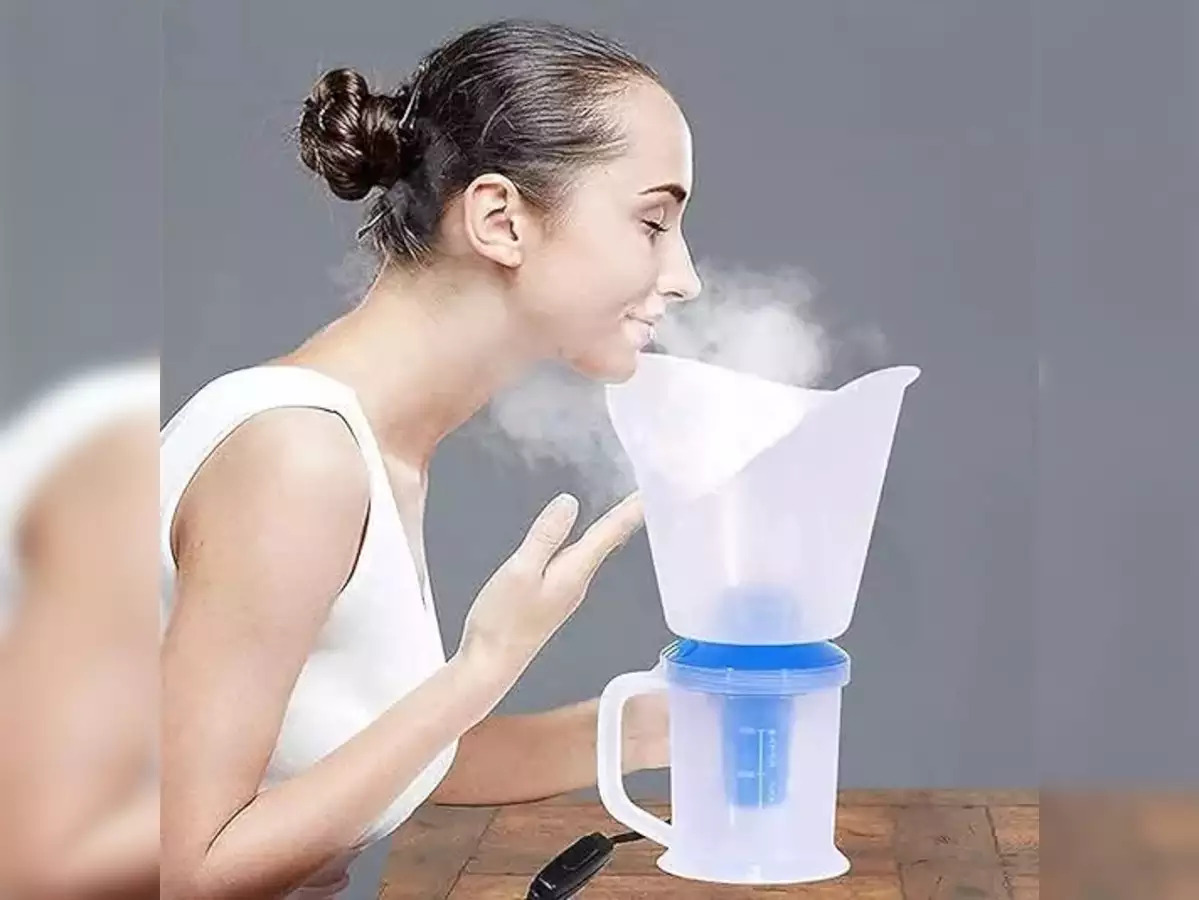Steam inhalers are devices that produce hot steam which helps relieve congestion and symptoms associated with respiratory illnesses like colds, sinus infections or allergies. They work by adding moisture to the air inhaled which helps loosen mucus buildup and ease breathing. Steam inhalers are safe, easy to use and provide natural relief from respiratory discomfort.
Types of Steam Inhaler Devices
There are a few different types of steam inhalers available in the market:
Electric steam inhalers: Electric steam inhalers plug into an outlet and heat water inside the unit to produce steam. They are hands-free and allow you to breathe in the steam for 5-10 minutes. Some electric models come with additional features like different steam settings.
Microwave steam inhalers: For a quick and portable steam treatment, microwave steam inhalers allow you to pop a filled vessel into the microwave. Once removed, the steam rises and can be inhaled through a tube or face mask. Microwave steam inhalers are compact and affordable.
Boil and breathe steam inhalers: Perhaps the simplest type, boil and breathe steam inhalers involve boiling water on the stovetop then inhaling the steam rising from the pot through a tube. While low-tech, they are inexpensive and produce good quality steam. Extra pots allow you to switch between rooms.
Workings of Steam Inhaler Devices
When steam is inhaled, it helps loosen thick mucus and thins it out to make coughing and blowing easier. The moist heat from steam relieves nasal and throat dryness which is a common symptom of congestion. It also soothes inflamed nasal passages and helps drainAGE sinuses. As moist air is inhaled, respiratory tissues swell up less. This opens up airways and improves breathing.
Steam inhalation works on the principle that inhaling moist air helps hydrate irritated respiratory linings. The heat from steam breaks up congestion by warming tissues and softening secretions. Within 5-10 minutes of use, most people feel instant relief from stuffiness, coughs, headaches and facial/sinus pressure.
Benefits of using a Steam Inhaler Devices
– Relieves nasal and chest congestion
– Improves breathing and clears coughs
– Reduces swelling of nasal tissues
– Soothes sore throat and eases cough
– Helps drain sinuses and thin out mucus
– Moisturizes airways and prevents drying
– Provides relief for allergies, colds and flu
Steam inhalation is very effective for both children and adults. It's a gentle way to loosen and expel mucus naturally from respiratory passages. With regular steam treatments, recovery from respiratory infections can be faster compared to just using medication alone. The humidified air also prevents drying out of nasal tissues which worsens symptoms.
When to use a steam inhaler
Steam therapy works best in treating upper respiratory issues affecting the nose, throat and chest. It's highly recommended when experiencing:
– Nasal congestion and stuffed nose
– Facial pain or pressure due to sinus problems
– Bad cough or chest congestion
– Irritated throat or laryngitis
– Runny nose and excessive mucus production
– Symptoms due to respiratory infections or allergies
Steam inhalation can be used preventively during allergy or cold season to keep nasal tissues moist. It also helps thin out excessively thick post-nasal drip preventing sore throats. Steam inhalers provide symptomatic relief when medicines are between doses as well as in combination with medications prescribed by a doctor.
Safety tips for using steam inhalers
While steam inhalation is very safe, a few precautions need to be taken:
– Don't place the steamer too close to your face to avoid burns
– Direct steam away from eyes by tilting your chin downwards
– Test steam temperature before inhalation by waving a hand near the steam vent
– Avoid steam if you have fever or your nasal discharge is discolored
– Drink plenty of fluids to prevent dehydration from excessive steam use
– Give young children steam under supervision using a steam tent or towel
– Stop if dizziness, nausea or uneven breathing occurs
With proper use as directed, steam therapy is quite gentle and effective at easing respiratory illnesses in a natural way. Along with medications if required, steam inhalers provide soothing relief right at home for the entire family. Regular use helps keep nasal tissues healthy through seasonal and environmental changes.





